
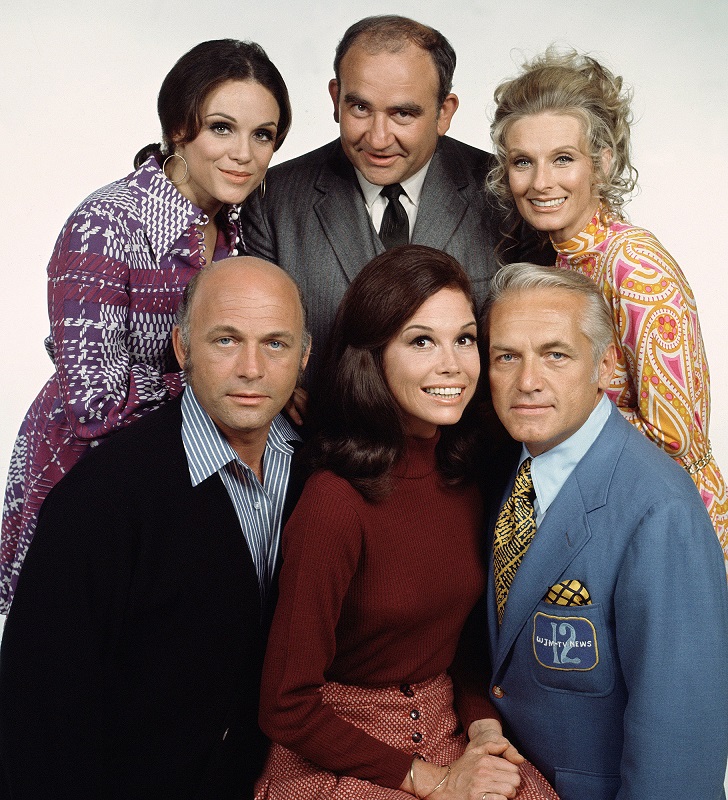 In 1970, a new sitcom debuted that would challenge conventions while delivering hilarious comedy. Built around the leading lady who had gained a loyal following for her earlier work in TV, The Mary Tyler Moore Show became one of the most dynamic, memorable sitcoms in TV history.
In 1970, a new sitcom debuted that would challenge conventions while delivering hilarious comedy. Built around the leading lady who had gained a loyal following for her earlier work in TV, The Mary Tyler Moore Show became one of the most dynamic, memorable sitcoms in TV history.
The show starred Mary Tyler Moore as single, independent Mary Richards who was focused on her career as associate producer for a news show in Minneapolis. Created by James L. Brooks and Allan Burns, the CBS sitcom premiered on September 19, 1970 and ran for 7 seasons and 168 episodes until it ended on March 19, 1977.
The show introduced Mary as a single 30-year-old who moves to Minneapolis after a broken engagement. Though she originally applies for a secretarial job at the news station she is offered the associate producer position. At the new job, she becomes friends with her tough, lovable boss Lou Grant (Ed Asner), news writer Murray Slaughter (Gavin MacLeod), and goofy anchorman Ted Baxter (Ted Knight).
 In her personal life, Mary rents a small apartment in a 19th century house that has been converted into apartments. She becomes best friends with her upstairs neighbor Rhoda Morgenstern (Valerie Harper) and rents from landlady and neighbor, Phyllis Lindstrom (Cloris Leachman).
In her personal life, Mary rents a small apartment in a 19th century house that has been converted into apartments. She becomes best friends with her upstairs neighbor Rhoda Morgenstern (Valerie Harper) and rents from landlady and neighbor, Phyllis Lindstrom (Cloris Leachman).
Later, the show added Sue Ann Nivens (Betty White) as the acerbic, man-crazy TV cooking show host and Georgette Franklin (Georgia Engel) as Ted’s girlfriend, then wife. When both Rhoda and Phyllis left for their spinoffs, Mary moved to a high-rise apartment.
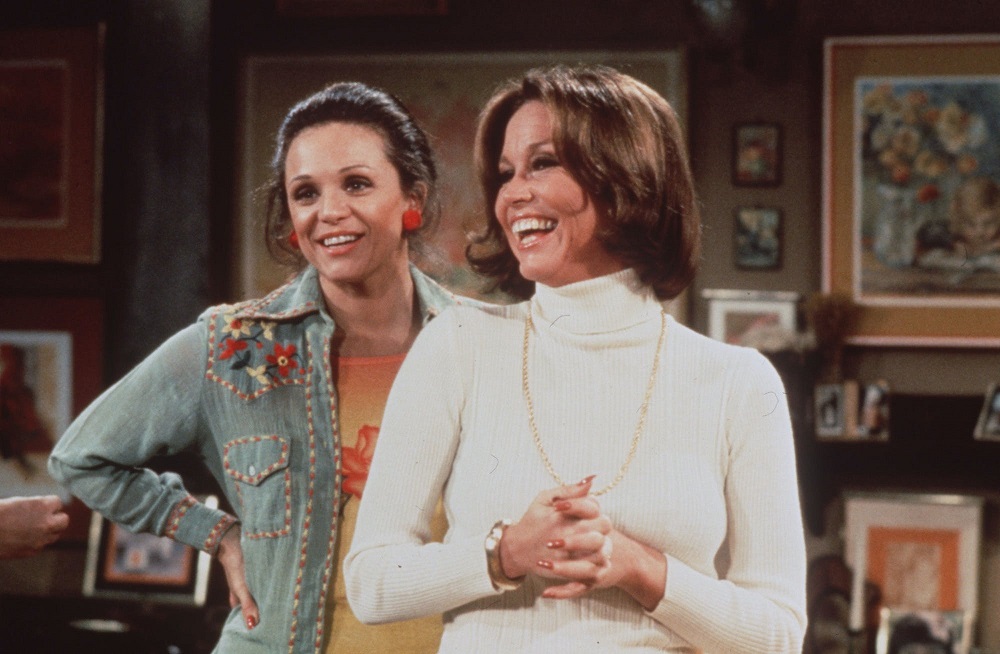 During the production process Mary was originally going to be divorced, but the practice was considered controversial, so they changed it to a broken engagement. Still, a show centered around an unmarried, self-sufficient woman was rare for the time and the groundbreaking show inspired more content of the same kind.
During the production process Mary was originally going to be divorced, but the practice was considered controversial, so they changed it to a broken engagement. Still, a show centered around an unmarried, self-sufficient woman was rare for the time and the groundbreaking show inspired more content of the same kind.
The Mary Tyler Moore Show was known for telling realistic stories about complex characters, which differed from many of the more simplistic sitcoms of the time. A newsroom was chosen for the workplace setting both for the comedic potential of characters who work in television and for the news-related subjects that could be covered.
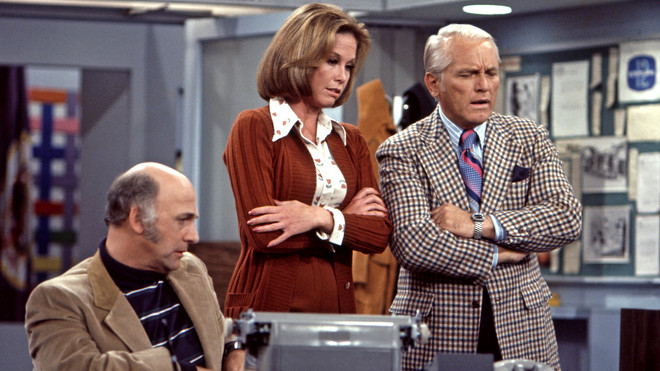 The show also introduced some topics that were sensitive at the time. The third season brought subjects like equal pay for women, premarital sex, and homosexuality, then marital infidelity and divorce were covered in the fourth season. In the next season, Mary stands by her principles and refuses to reveal a news source, is sent to prison for not doing so, and befriends a prostitute who asks Mary for help. The last season sees Ted dealing with martial issues like infertility and adoption while Mary overcomes an addiction to sleeping pills.
The show also introduced some topics that were sensitive at the time. The third season brought subjects like equal pay for women, premarital sex, and homosexuality, then marital infidelity and divorce were covered in the fourth season. In the next season, Mary stands by her principles and refuses to reveal a news source, is sent to prison for not doing so, and befriends a prostitute who asks Mary for help. The last season sees Ted dealing with martial issues like infertility and adoption while Mary overcomes an addiction to sleeping pills.
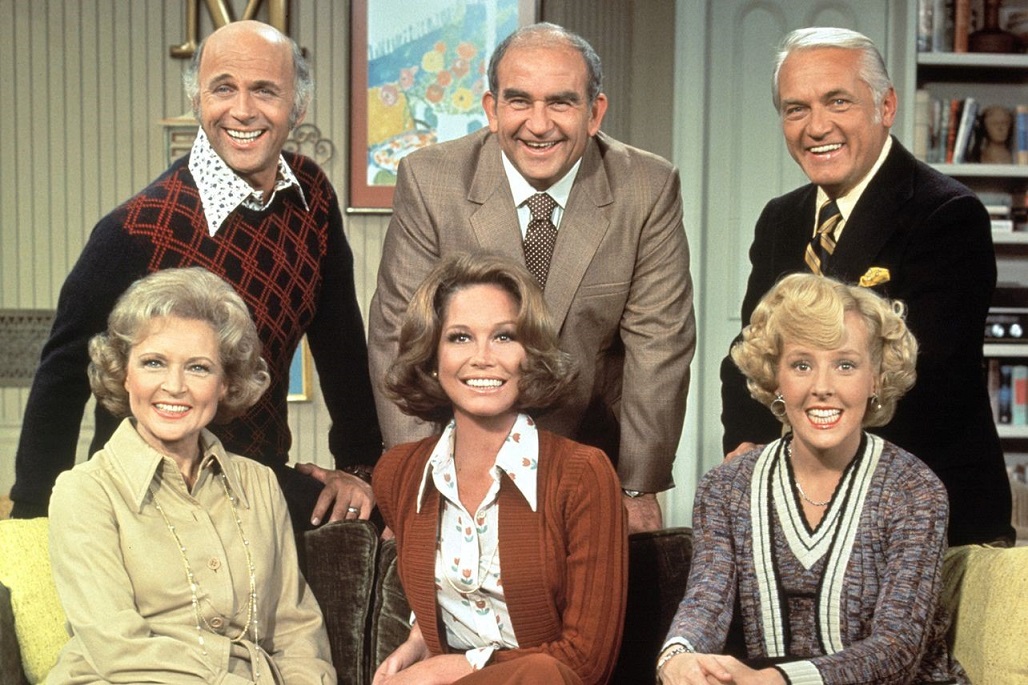 The Mary Tyler Moore Show had many hilarious comedic plots for Mary and her friends. One running gag was that Mary’s parties were often failures. Two of her close friends broke up at one of her parties, another ran out of food when last minute guests showed up, and one time the power went out just before the guest of honor arrived.
The Mary Tyler Moore Show had many hilarious comedic plots for Mary and her friends. One running gag was that Mary’s parties were often failures. Two of her close friends broke up at one of her parties, another ran out of food when last minute guests showed up, and one time the power went out just before the guest of honor arrived.
Another very memorable aspect of the show was the great opening sequence that featured scenes filmed throughout Minneapolis as well as in the studio. The sequence changed during each season, though it always ended with Mary throwing her hat in the air in front of Donaldson’s department store. The opening shots were accompanied by the theme song “Love Is All Around” by Sonny Curtis.
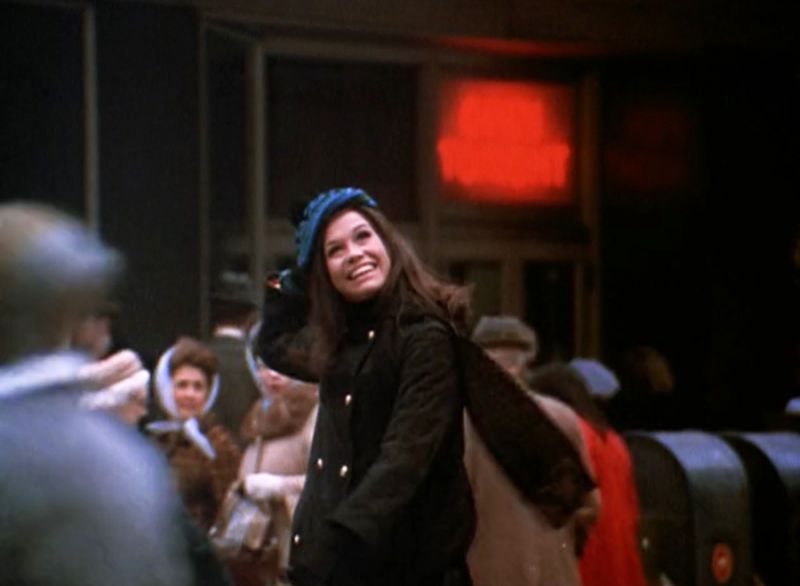 The Mary Tyler Moore Show was highly praised by critics and earned an impressive 29 Primetime Emmy Awards, which included three for Outstanding Comedy Series and Moore won three for Outstanding Lead Actress in a Comedy Series. It would live on through three spinoffs – first, Rhoda, which aired in 1974-1978, second was Phyliss in 1975-1977, and Lou Grant in 1977-1982.
The Mary Tyler Moore Show was highly praised by critics and earned an impressive 29 Primetime Emmy Awards, which included three for Outstanding Comedy Series and Moore won three for Outstanding Lead Actress in a Comedy Series. It would live on through three spinoffs – first, Rhoda, which aired in 1974-1978, second was Phyliss in 1975-1977, and Lou Grant in 1977-1982.
Though it ended over 40 years ago, The Mary Tyler Moore Show continues to have an impact on modern television. The show paved the way for more content focused on adult friendships, workplace scenarios, and single female leads. As the theme song promised she’s “gonna make it after all.”











